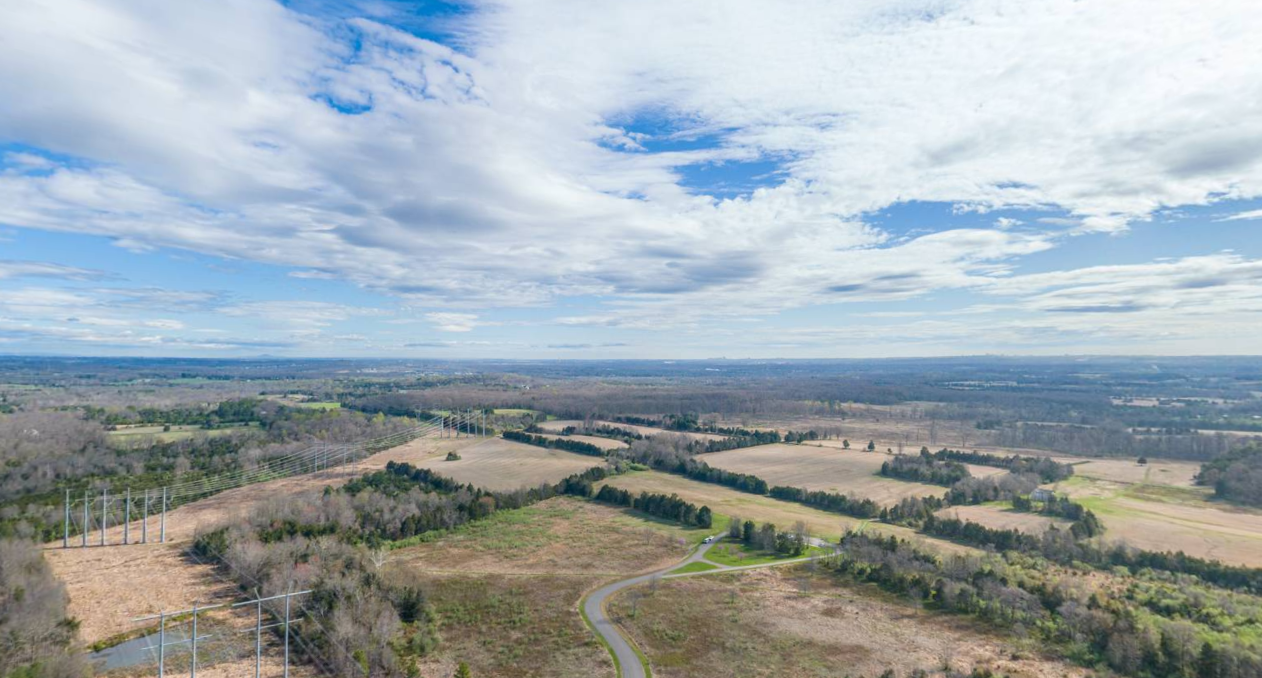Last November, PEC wrote about the threats posed to Prince William County’s long-standing Rural Crescent by three major land use decisions.
Stopping the Outer Beltway
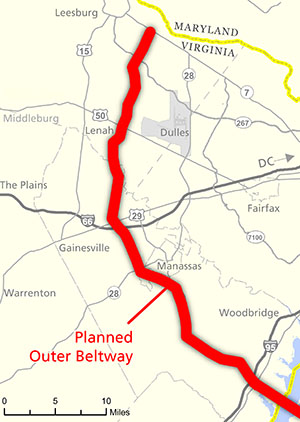
Speculative real estate developers are pushing to create a new highway in Northern Virginia referred to as the Outer Beltway or Bi-County Parkway. As we see it, this controversial new highway would cut through a National Park, open up over 100,000 acres to new development, and has the potential to actually increase traffic congestion on other roads.
Making matters worse, VDOT presentations confirm the road would be designed to carry freight and other cargo at speeds in excess of 65mph — splitting neighborhoods from their schools, and greatly increasing sound and air pollution.
See VDOT’s aerial maps >>
Part of the push for an Outer Beltway is the push for a new Potomac River Bridge Crossing. Find out more >>
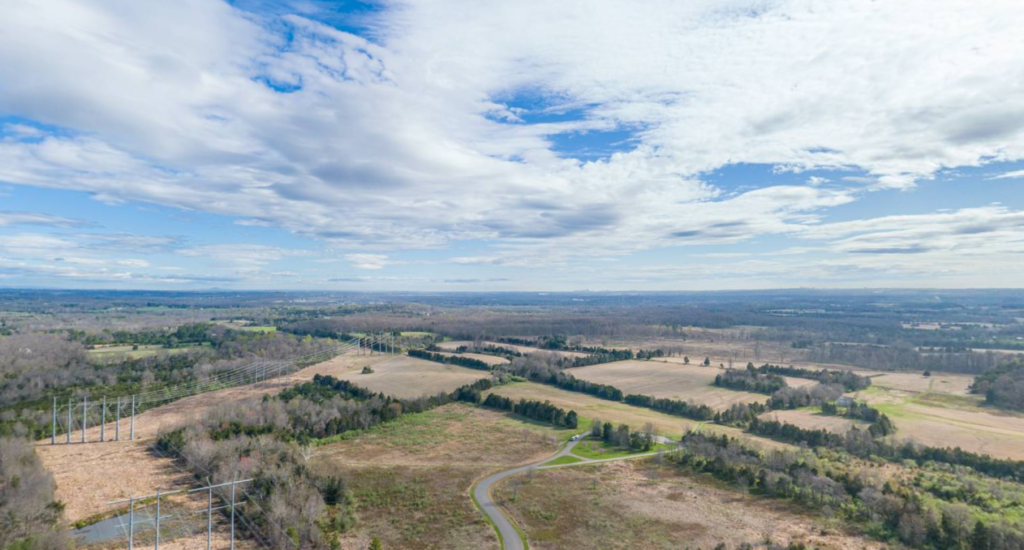
Prince William County Considers Land Use Changes That Encourage Sprawl
Prince William County is evaluating three different land use changes that would introduce industrial and residential sprawl into the Rural Crescent, to the detriment of water quality, wildlife habitat, agriculture, historic resources, tourism and the rural atmosphere.

Webinar: Smart Growth Protects What We Have!
On January 6, 2022, Prince William Conservation Alliance hosted a panel discussion on data centers… from the Rural Crescent to the Occoquan Reservoir.
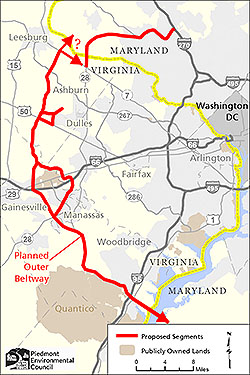
Outer Beltway Update
The Bi-County Parkway project, a key component of the Outer Beltway scheme, is on hold… for now.
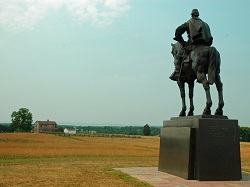
Update on The Bi-County Parkway/Outer Beltway
During his campaign, Governor McAuliffe said he would take a hard-look at the controversial $440 million Bi-County Parkway, reevaluating this project and others proposed by VDOT. In his campaign platform, under the section titled "Pick the right projects; build the best ones," he stated: "We need to strategically prioritize what we’re building and where. We should look at our current and proposed transportation expenditures from top to bottom and support those which should move forward and pull the plug when they don’t make sense."
A Broad List of Opposition to the Outer Beltway
A list of groups who have opposed the Outer Beltway, and a list of elected officials who have publicly opposed or expressed concern.
*this list is a work in progress. If you would like to add your organization or your name to the elected officials list, please contact pec@pecva.org*
The Outer Beltway — Water, Air & Climate Impacts
Email from November 21, 2013: ….yesterday, we joined with more than a dozen prominent conservation organizations — including the National Wildlife Federation, the Virginia League of Conservation Voters, and the Virginia Chapter of the Sierra Club — in submitting a joint letter to Governor-Elect Terry McAuliffe. The letter points to the Bi-County Parkway as the project in Northern Virginia that would have the largest negative impact on the environment….
This Week
VDOT has scheduled two public meetings on the Outer Beltway/Bi-County Parkway. There won't be a public speaking period, but they will be collecting questions and comments. If you cannot attend, I encourage you to submit your comments by email to meeting_comments@vdot.virginia.gov! This email alert was sent out on September 30th, 2013:
Our Alternative — Rethinking the Bi-County Parkway
Our proposal, detailed in the report Rethinking the Bi-County Parkway, focuses on fixing east-west routes for commuters, it provides lower impact local road fixes and connections to help local residents, it preserves the Rural Crescent and Transition Area, and could allow for the roads to be closed through the Battlefield (although it’s not clear that would ultimately be necessary, due to the reduced traffic that would result from implementing the alternatives we’ve suggested).
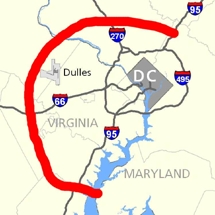
Summer Update on the Outer Beltway
VDOT is pushing to create a new major highway in Northern Virginia referred to (among other names) as the Outer Beltway. PEC’s take? This mega-highway would cut through a National Park, open up over 100,000 acres to residential development, and has the potential to actually increase traffic congestion on I-66 and Rt. 50. The good news is—after years of trying to get more press coverage and citizen engagement on the issue—we may have reached a turning point.

